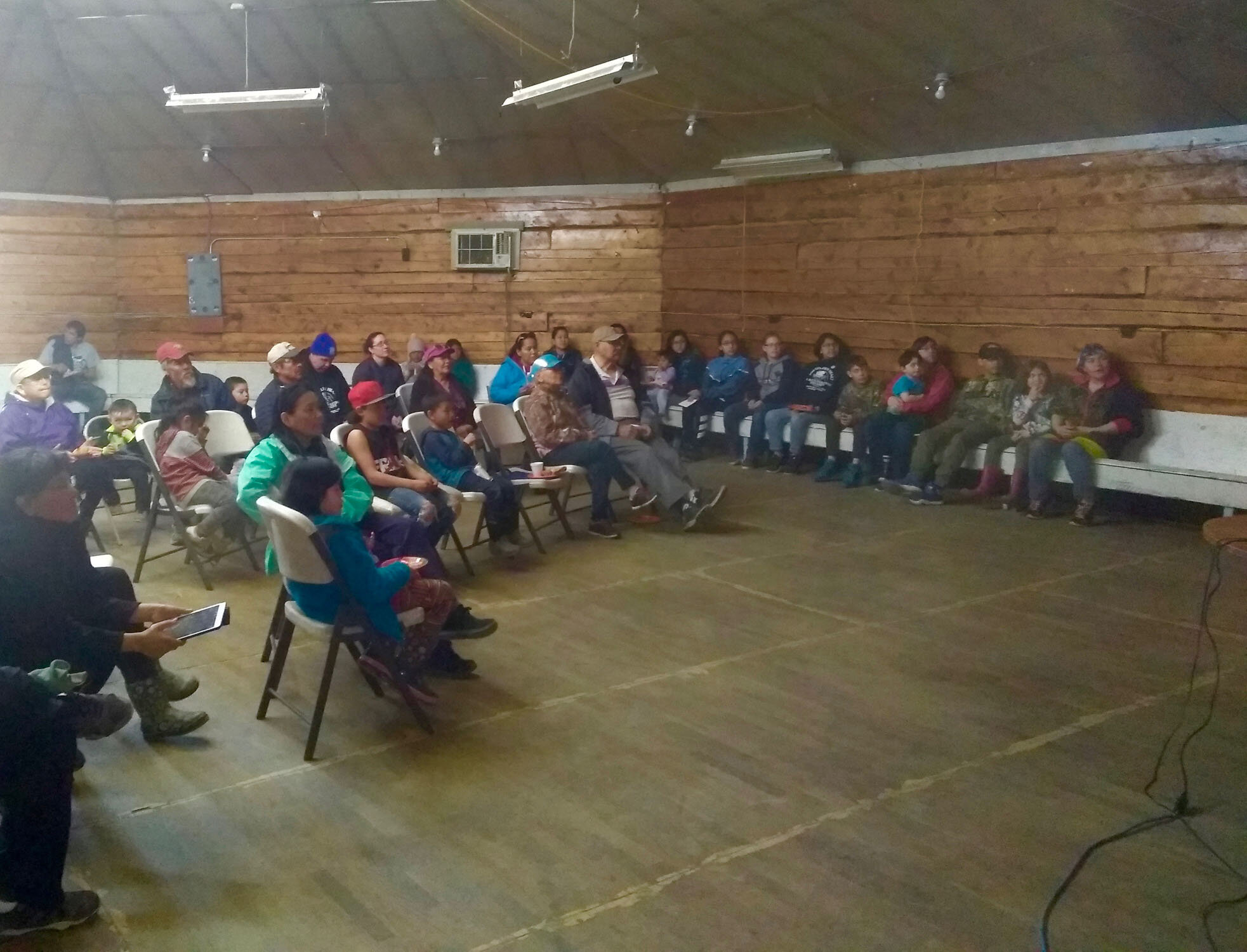STORIES & IMAGES OF COMMUNITY STRENGTH FROM A YOUTH DOG MUSHING PROGRAM IN RURAL ALASKA
A two year Research Project between UAF (BLaST) & A-CHILL
year 2 (2018-2019)
In Year 2, a qualitative analysis was conducted of all photo-voice data and digital stories produced by the Huslia students. The youth had grouped their photos into themes, which served as a starting point for the analyses. The research team (Jacques Philip, Inna Rivkin, Cathy Brooks, Janessa Newman and Joe Bifelt) then examined additional themes emerging from the photos and digital stories, and the ways the stories expressed Athabascan cultural values and aspects of social and cultural capital (i.e. the assets and resources of social relationships and skills).
This research shows how the FAYSDP and A-CHILL positively affected the community, including how the programs integrated cultural values by using dogs as a way to create bonds and bridges between generations. Both programs welcomed Elders to pass on cultural knowledge and traditions, which fosters resilience in youth. The digital stories illustrated the importance of relationships between youth and adults/Elders, practice of cultural traditions, connections to animals, and attachment to their home, Huslia.
This poster illustrates the photo-voice themes, quotes and images. It has been presented in Huslia and at a One Health research conference in Fairbanks.
Research Results:
Human and animal health and the environment were all intricately interconnected in the youth’s stories. These interconnections are consistent with Koyukon Athabascan cultural values. Well-being is tied with connections to other people, to the land, to animals, to cultural traditions and values. The stories illustrate how the program fosters intergenerational relationships and connections to culture, which are so important for well-being. Dogs help build social connections across generations, and promote emotional well-being for the youth. Dog mushing connects youth to the land, to their environment, to nature, to their home and to themselves. It gives them peace. Taking care of dogs also helps strengthen the values of hard work and determination and other social assets, which help youth achieve other goals and open up their future opportunities.
Preliminary results, including exhibits and postings of photos and digital stories, were presented to the community. The research team then facilitated two focus groups with Huslia community members who gathered to discuss the results from the youth photos and stories and added their perspectives on the impacts of the FAYSD program. Community members emphasized how the program helped kids build pride in themselves, their culture, and their community. It facilitated a sense of belonging and identity. Working together to care for dogs taught discipline and responsibility, values which translated into future endeavors and life skills.
The Elders and mushers were role models whose resilience inspired the youth to persevere though life challenges. The program promoted social connectedness, as well as, connectedness with the land and animals. Relationships with dogs brought the community together, and brought youth closer to adults and Elders by connecting them around a common interest, facilitating communication across generations. Community members also expressed satisfaction with the research project’s effects on the students, and were proud of the stories their children had produced during the project.
Acknowledgements: We would like to thank the Jimmy Huntington School students, teachers, and staff, the community members of Huslia, the Huslia Tribal Council, Wright Air Service, the staff and faculty at UAF CANHR (Center for Alaska Native Health Research) and UAF BLaST (Biomedical Learning and Student Training) and A-CHILL (Alaska Care and Husbandry Instruction for Lifelong Living). This project is approved by UAF Office of Research Integrity: (907) 474-7800, uaf-irb@alaska.edu. Research reported in this publication was supported by the National Institute Of General Medical Sciences of the National Institutes of Health under Award Numbers UL1GM118991, TL4GM118992, RL5GM118990, P30GM103325, U54GM115371 and U54GM104944.



